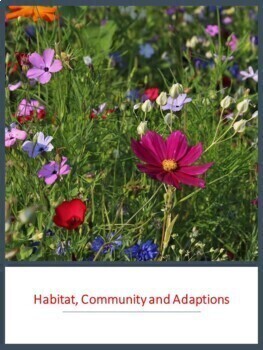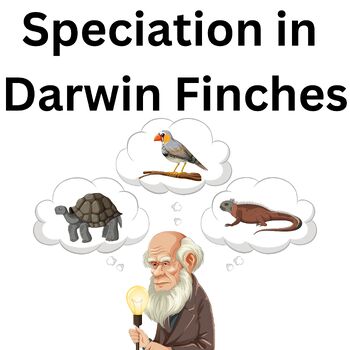Environment Habitat, Community and Adaptions Middle School Science
The Lesson Pony
108 Followers
Resource Type
Standards
NGSSMS-LS2-2
NGSSMS-LS2-1
NGSSMS-LS3-1
NGSSMS-LS3-2
Formats Included
- Zip
The Lesson Pony
108 Followers

Includes Google Apps™
This bundle contains one or more resources with Google apps (e.g. docs, slides, etc.).
Products in this Bundle (11)
showing 1-5 of 11 products
Description
STEM Environment science Teach your students about the wildlife which not only exists but is now able to thrive outside in nature. These labs are engaging activities designed to assist your science students to connect between cause and effect on different species of life. The lessons are an ideal fit in the science curriculum. Most of the materials for the labs are found right outside your tent. Perfect for an introduction to your units on the environment or evolution.
Total Pages
Answer Key
Included
Teaching Duration
3 Weeks
Report this resource to TPT
Reported resources will be reviewed by our team. Report this resource to let us know if this resource violates TPT’s content guidelines.
Standards
to see state-specific standards (only available in the US).
NGSSMS-LS2-2
Construct an explanation that predicts patterns of interactions among organisms across multiple ecosystems. Emphasis is on predicting consistent patterns of interactions in different ecosystems in terms of the relationships among and between organisms and abiotic components of ecosystems. Examples of types of interactions could include competitive, predatory, and mutually beneficial.
NGSSMS-LS2-1
Analyze and interpret data to provide evidence for the effects of resource availability on organisms and populations of organisms in an ecosystem. Emphasis is on cause and effect relationships between resources and growth of individual organisms and the numbers of organisms in ecosystems during periods of abundant and scarce resources.
NGSSMS-LS3-1
Develop and use a model to describe why structural changes to genes (mutations) located on chromosomes may affect proteins and may result in harmful, beneficial, or neutral effects to the structure and function of the organism. Emphasis is on conceptual understanding that changes in genetic material may result in making different proteins. Assessment does not include specific changes at the molecular level, mechanisms for protein synthesis, or specific types of mutations.
NGSSMS-LS3-2
Develop and use a model to describe why asexual reproduction results in offspring with identical genetic information and sexual reproduction results in offspring with genetic variation. Emphasis is on using models such as Punnett squares, diagrams, and simulations to describe the cause and effect relationship of gene transmission from parent(s) to offspring and resulting genetic variation.



